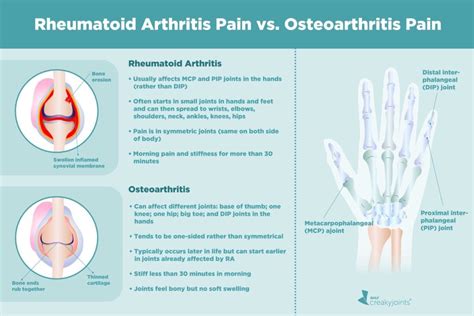Rheumatoid arthritis (RA) is an autoimmune inflammatory disease that primarily targets joints, leading to significant discomfort and mobility issues. Notably, RA is a progressive disease, which means its severity can increase over time. One of the early symptoms of RA is joint stiffness, often more pronounced in the mornings or after periods of inactivity. Additionally, it’s common for individuals with RA to experience fatigue, fever, and a loss of appetite.
Initially, rheumatoid arthritis tends to affect smaller joints, particularly those connecting fingers to hands and toes to feet. As the disease progresses, it often spreads to larger joints, including the wrists, knees, and potentially others. RA is characterized by its ability to affect multiple joints simultaneously, especially those in the hands, wrists, and knees. This condition is prevalent, with over 1.3 million people in the United States living with RA, according to the American College of Rheumatology (ACR).
The impact of RA on weight-bearing joints like the hips, knees, and ankles can be particularly severe, affecting mobility significantly. Specific symptoms associated with RA in the hips include aching pain in the groin, buttocks, outer thigh, or knee. In the hands, RA can cause joint deformities, making it difficult to move the fingers.
Understanding the joints typically affected by RA can be crucial in recognizing early signs and symptoms. Commonly involved joints include those of the hands and feet, wrists, elbows, shoulders, knees, and ankles. Early detection and treatment are essential in managing RA effectively.

For more detailed information, please refer to these comprehensive resources:
Healthline,
Mayo Clinic,
CDC,
Healthline,
Verywell Health,
Johns Hopkins Medicine, and
Verywell Health.


